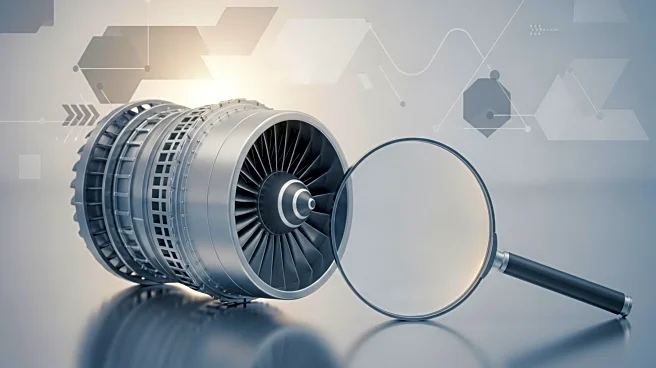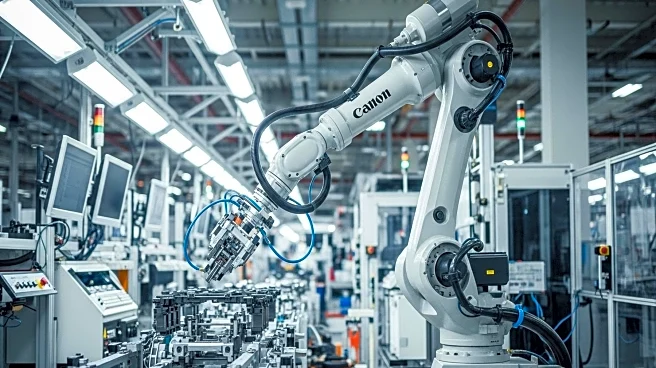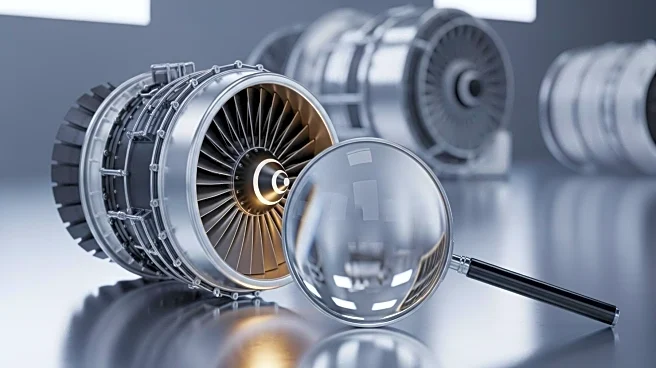What's Happening?
In 2025, Safran, a prominent French aerospace and defense company, undertook significant strategic maneuvers to reshape its business portfolio. The company finalized a $1.8 billion acquisition of Collins Aerospace's flight control and actuation business on July 21, 2025. Concurrently, Safran divested its North American electromechanical actuation operations to Woodward Inc. for $65 million. Additionally, Safran is exploring the sale of a substantial portion of its aircraft interiors assets, valued at approximately €1.5 billion ($1.6 billion). These actions reflect Safran's strategic pivot towards capital reallocation and margin optimization, focusing on high-value aerospace technologies and electrification. The acquisition of Collins Aerospace aligns with Safran's vision to lead in next-generation aircraft systems, while the divestiture of lower-margin assets aims to streamline operations and enhance profitability.
Why It's Important?
Safran's strategic decisions are crucial for its long-term value creation and positioning in the aerospace industry. By focusing on high-margin, technology-driven segments like flight controls and actuation systems, Safran is poised to capitalize on the industry's shift towards electrified aircraft. The global market for flight control systems is projected to grow at a compound annual rate of 6.2% through 2030, driven by demand for next-generation aircraft. Safran's expanded footprint in this space, coupled with divestiture of lower-margin assets, is expected to improve its EBITDA margins and stock valuation metrics. However, selling the aircraft interiors segment, which provides stable cash flows, could expose Safran to short-term volatility, especially if the aerospace industry faces another downturn.
What's Next?
Safran's future steps will likely involve integrating the Collins Aerospace business smoothly, a complex task given the intricacies of aerospace supply chains. The company will also need to manage potential short-term volatility resulting from the sale of its aircraft interiors segment. Investors and industry stakeholders will be watching how Safran navigates these challenges and whether its strategic focus on high-growth technologies will yield the anticipated benefits. Regulatory pressures and industry transitions will continue to shape Safran's strategic decisions as it aims to drive sustainable growth.
Beyond the Headlines
Safran's strategic moves highlight broader industry trends where aerospace firms are shedding non-core assets to fund research and development in electrified propulsion and autonomous systems. The regulatory approval of the Collins Aerospace acquisition required Safran to divest its North American actuation operations, addressing antitrust concerns. This compliance-driven move also eliminated a low-margin, geographically fragmented business, underscoring the importance of regulatory considerations in strategic planning.











